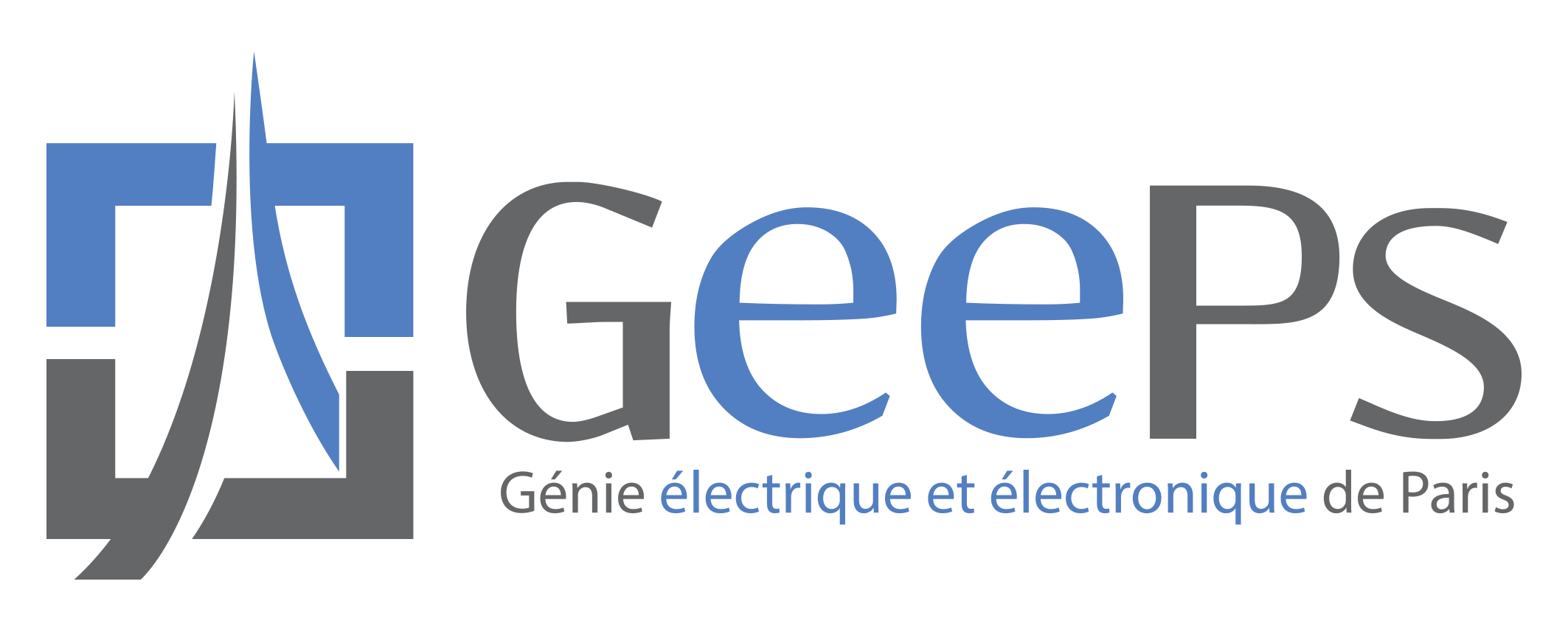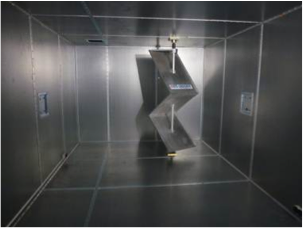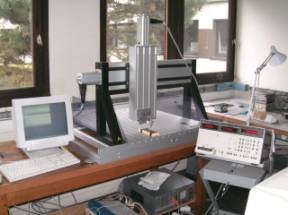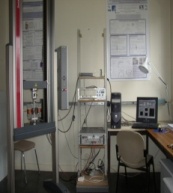Stage M2
Offre de stage M2 : “Leaky-Wave Antenna design for Angle-Of-Arrival Estimation”
Keywords: Leaky-wave antenna, substrate integrated waveguide, aperture field analysis
A master internship position is offered at Sorbonne University, in Paris (duration of 4 to 6 months,
depending on candidate availability), with a possibility to pursue a PhD afterwards.
A master internship position is offered at Sorbonne University, in Paris (duration of 4 to 6 months,
depending on candidate availability), with a possibility to pursue a PhD afterwards.
The context
The second phase of 5G deployment will introduce millimeter-wave communications. At
those frequencies, free space attenuation is large and high-gain antennas are required to
improve link budget and enable communications. High-gain antennas are typically achieved
by using large arrays and exhibit a radiating beam that needs to be oriented toward the Line-of-
Sight (LOS) path between the base station and the user equipment or toward strong Non-LOS
paths (i.e., multipath component). This alignment procedure is known as beam-training. When
the user is mobile, a misalignment of the beam occurs, and the base station needs to find again
a strong path. When the mobility is too fast, the beam-training procedure needs to be constantly
performed, which jeopardizes the actual data transmission. The estimation of the Angle-of-Arrival
(AoA) of the incoming waves (i.e., LOS and NLOS components) at the base station is therefore a
key feature to perform real-time sensing to speed-up beam-training, but also to model the time-
variation of the AoA spectrum, which is not well understood as of now.
The second phase of 5G deployment will introduce millimeter-wave communications. At
those frequencies, free space attenuation is large and high-gain antennas are required to
improve link budget and enable communications. High-gain antennas are typically achieved
by using large arrays and exhibit a radiating beam that needs to be oriented toward the Line-of-
Sight (LOS) path between the base station and the user equipment or toward strong Non-LOS
paths (i.e., multipath component). This alignment procedure is known as beam-training. When
the user is mobile, a misalignment of the beam occurs, and the base station needs to find again
a strong path. When the mobility is too fast, the beam-training procedure needs to be constantly
performed, which jeopardizes the actual data transmission. The estimation of the Angle-of-Arrival
(AoA) of the incoming waves (i.e., LOS and NLOS components) at the base station is therefore a
key feature to perform real-time sensing to speed-up beam-training, but also to model the time-
variation of the AoA spectrum, which is not well understood as of now.
The work
The goal is to design a leaky-wave antenna (LWA) to perform AoA estimation instead of using
phased arrays that remain costly at mm-waves and exhibit calibrations challenges. LWAs are a
class of traveling wave antennas that naturally exhibit beam scanning properties with frequency,
which can be leveraged to estimate AoA of different sources and multipath components. The
main bottleneck is to be able to scan a wide angular range with a limited frequency bandwidth.
We recently showed that multibeam LWAs can overcome this issue if appropriate dedicated
signal processing is used.
The task of the internship candidate is therefore to study, design, and fabricate LWAs that
radiate multiple beams thanks to the excitation of several visible space harmonics.
About the environment
Sorbonne Université is in the center of Paris and offers an attractive working environment for
students from all over the world. The candidate will benefit from all necessary equipment for
design, fabrication, and experiments.
A scholarship of about 600€ per month will be provided as well as guidance in finding an
accommodation.
Qualification and requirements
The candidate should be highly motivated, autonomous, and willing to pursue her/his career
with a PhD. She/he should be enrolled in a master program with a strong background in
electromagnetic devices.
Starting date
Anytime between January and April 2022
(The potential PhD should start afterwards, between September and November 2022)
Contacts
Julien Sarrazin, julien.sarrazin@sorbonne-universite.fr
GEEPS – Group of Electrical Engineering of Paris
Sorbonne University (ex - University of Pierre & Marie Curie)
Department of Engineering
4, place Jussieu – 75005 PARIS, FRANCE
Encadrement :
Sorbonne Université






